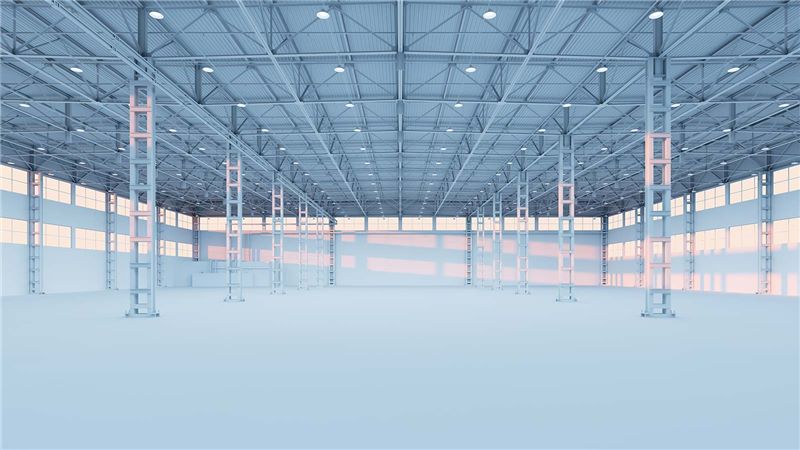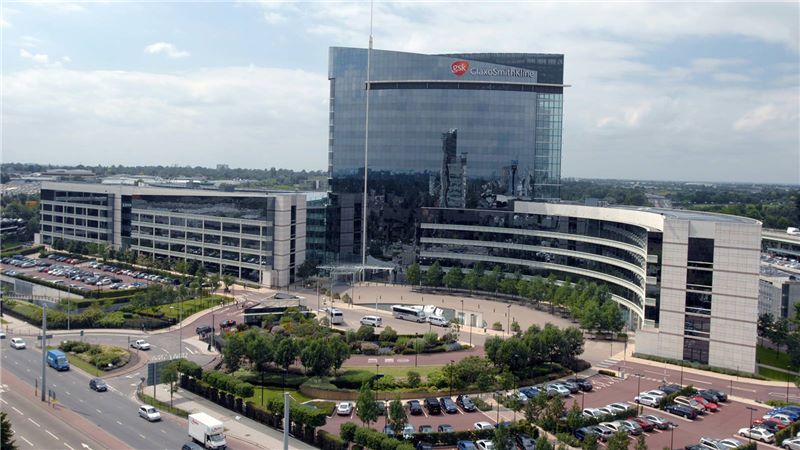Perspectives
Top 5 takeaways from Bisnow’s Life Sciences and Innovation Real Estate Conference 2024
Last week, for the third consecutive year, Mace supported the Bisnow UK Life Sciences Conference, which was held on Wednesday in Regent’s Place, Euston. Once again, this brilliantly attended event provided a key platform for the life sciences industry to come together with consultants, contractors, suppliers, developers and investors to determine how to deliver property assets that support the delivery of services crucial to our society’s health and advancement.
I was proud to represent Mace in a panel discussion with some special people from a number of the world’s most innovative organisations, including, Krystal LaBonte from AstraZeneca, Dr Jason Millichamp from UCL, Anna Strongman from Oxford University Development and Michael Walters of Corstorphine & Wright, with Tim Fry from Arup in the chair. The purpose of this discussion was to uncover how we, as developers, constructors and occupiers can contribute to achieving ‘net zero’ sciences buildings. Life science assets are unique; they support important work that must be carried out in extremely controlled environments. Both structurally and operationally, these buildings are unlike those in any other sector, making carbon reductions here challenging. But there are opportunities to gain on sustainability.
Here are five key learnings from our session:
Developers may not always know which tenants will occupy their buildings, but they do know what makes an asset attractive – and that increasingly depends upon its sustainability credentials and operational efficiency.
I was proud to represent Mace in a panel discussion with some special people from a number of the world’s most innovative organisations, including, Krystal LaBonte from AstraZeneca, Dr Jason Millichamp from UCL, Anna Strongman from Oxford University Development and Michael Walters of Corstorphine & Wright, with Tim Fry from Arup in the chair. The purpose of this discussion was to uncover how we, as developers, constructors and occupiers can contribute to achieving ‘net zero’ sciences buildings. Life science assets are unique; they support important work that must be carried out in extremely controlled environments. Both structurally and operationally, these buildings are unlike those in any other sector, making carbon reductions here challenging. But there are opportunities to gain on sustainability.
Here are five key learnings from our session:
1. Design for the long view
The panel agreed that by incorporating circular economy principles, the design can accommodate reuse of materials in the current build. Designing for disassembly will also enable a second round of materials reuse at end of life, further reducing the project’s total carbon footprint. Operationally, thoughtful upfront design unlocks the true circularity potential for the facility’s end user.2. Early end user collaboration to deliver efficient MEP solutions
Regular engagement between scientists and engineers is very powerful. Identifying user requirements, equipment and operational principles early on means the right MEP solutions can be designed in from the outset, and operational sustainability targets catered for. Building services have become so efficient and we can leverage that efficiency by further integrating our understanding of the end users and operations. The panel cited examples: capturing purified water waste streams (similar to rainwater harvesting) for use in toilets; exhausted heat captured from equipment for redeployment in other parts of the building; and recovering up to 90% of helium onsite with a recovery skid, which significantly reduces scope 3 emissions. For speculative developments, developers can use benchmark data, modelling and consultant expertise to design the services.3. Let lab teams make data-driven decisions
There was a mutual feeling that lab teams must be empowered to fully understand their energy, water, equipment and space usage. With access to monitoring data from the BMS (building management system), teams can make informed decisions and positive adjustments to working practises within a culture of sustainability. Useful tools such as the LEAF emissions calculator can help keep track of the carbon impact.4. Consolidate equipment and review logistics
Utilisation of lab space and scientific equipment can be as low as 10%, and procurement deliveries and waste removal are large contributors to the operational carbon footprint. To maximise uptime and ROI, it makes sense to share expensive equipment between departments and explore emerging technology that enables scientists to run automated analyses overnight or when the labs are empty. Any review of procurement practises and waste logistics must be balanced against the increase in storage facilities that larger orders and less frequent collections will require.5. Take a holistic approach to sustainability
The broader infrastructure considerations such as travel and transport, amenity provision, residential options and biodiversity are essential in creating spaces where people want to work. Active community engagement and educational outreach also form part of the bigger picture. This approach will generate positive profile in the community, attract top talent and build a local workforce pipeline - as well as demonstrating a comprehensive sustainability strategy to prospective tenants, local authorities and funders.Developers may not always know which tenants will occupy their buildings, but they do know what makes an asset attractive – and that increasingly depends upon its sustainability credentials and operational efficiency.













